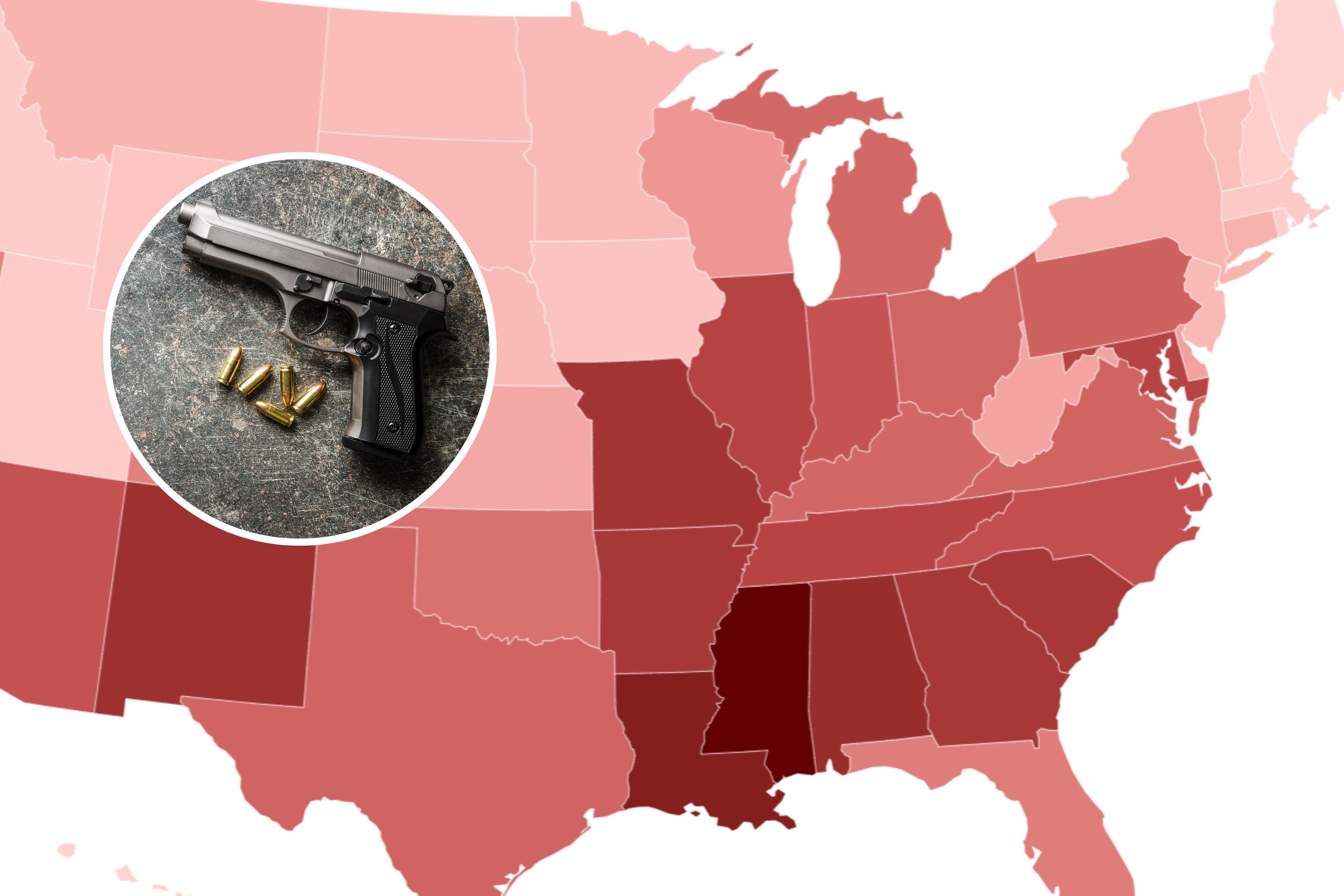Southern border states are bracing for a renewed influx of migrants crossing into the country via Mexico as officials prepare to shut down a policy known as Title 42.
Experts fears that scrapping the policy—which has been used for the past three years to stem the flow of immigration—will send an inadvertent message of encouragement to people hoping to make a new life for themselves in America.
Some state officials – from Texas to New York – have warned that the number of migrants looks set to rise exponentially.
What is Title 42?
Title 42 is an old public health law dating back to 1944 that allows the authorities to stop people from entering the U.S. from foreign countries where there is "the existence of any communicable disease" that could spread to Americans.
The policy was reinstated by the U.S. Centers for Disease Control (CDC) back in March 2020 under then-President Donald Trump, in a bid to control the emerging COVID-19 pandemic.
Critics claimed the scheme, which was supposed to be a health policy, was being used as a blunt tool to prevent migration to the U.S. and was preventing asylum seekers from reaching safety.
Its continued use became increasingly controversial as it remained in place even when other COVID-19 measures were dropped. But incoming President Joe Biden initially opted to keep the policy and defended it as a necessary public health measure in the battle against the coronavirus.

Why is Title 42 ending?
In April 2022, the CDC announced plans to scrap Title 42. Officials said they had reached their decision after recognizing that the risks to public health had diminished following COVID-19 vaccination campaigns.
The world was returning to normal following stringent lock downs and the mandatory wearing of masks, which had been a feature of life during the darkest days of the pandemic.
As the end date for Title 42 approached, political pressure was heaped on Biden to extend the policy's timeline.
When is Title 42 ending?
Title 42 was originally due to end on December 21, 2022, but the news sparked an outcry and bitter legal wrangling as Southern states fought to keep it in place.
Furious governors, including Texas' Greg Abbott, managed to stave off the inevitable for several months but since federally-mandated laws to tackle COVID-19 are all due to end on Thursday (May 11), there is now no further justification for Title 42, meaning the policy will draw to a close this week.
What effect will ending Title 42 have on immigration?
By November 2022—almost three years after the policy began—Title 42 had been used to turn back around 2.5 million migrants, CNN reported.
But U.S. officials, from local and federal authorities, now expect to see the number of arrivals skyrocket to more than 10,000 per day in May, up from about 5,000 in March, according to the BBC.
Migrants will now be able to claim asylum and will undergo a screening process, with deportations allowed only after it's ruled they do not qualify for entry into the U.S. Illegal migrants will continue to be deported and will be ineligible for re-entry for five years, as the immigration system swings back to operating under the previous Title 8 policy.
Abbott told a news conference Monday that lifting Title 42 would effectively lay out a welcome mat for migrants eyeing the U.S. from around the world.
"It will lead to an incredible amount of people coming across the border illegally," he said, adding the move could prove to be "a catastrophic disaster."
Abbott said he plans to deploy the National Guard to the Texas-Mexico border to intercept migrants and turn them back.
"I think that there is no question that this is going to be extremely challenging," Department of Homeland Security Secretary Alejandro Mayorkas told CNN on Friday. "I do not want to understate the severity of the challenge that we expect to encounter."
Local officials on the ground are pessimistic too. John Martin, deputy director of the Opportunity Center for the Homeless in El Paso, Texas, told CNN: "No matter how much we are prepared, I don't think we are going to be prepared enough. I wanted to emphasize more so than anything else at this point—this is a national issue. We in El Paso, along with many other communities along the southern border, just happened to be at the front doorstep."
But it's not just the Southern states that are worried.
Republican governors from the South have been sending migrants to Washington D.C. and New York City, saying they cannot be expected to deal with the issue alone.
NYC has processed around 58,300 asylum seekers over the course of a year, according to CNN, with Mayor Eric Adams demanding that the federal government step in, arguing it should be bearing the financial burden. An internal memo obtained by CNN revealed the city is considering installing tents in Central Park because it is expected to see 800 migrants arriving each day after the end of Title 42.
Newsweek has reached out to the White House for comment.
Former White House Press Secretary Jen Psaki previously insisted the Biden administration has a plan to tackle any increase in numbers. Speaking in April 2022 she said: "Title 42 is not an immigration policy. That's the point. It's a public health authority... So, if we want to address immigration, let's have a conversation about that. But let's not hold COVID funding hostage because we're going to have to end a range of programs that going to hurt the American people. That's the issue."
Uncommon Knowledge
Newsweek is committed to challenging conventional wisdom and finding connections in the search for common ground.
Newsweek is committed to challenging conventional wisdom and finding connections in the search for common ground.
About the writer
Get in touch with Chloe Mayer by emailing c.mayer@newsweek.com





